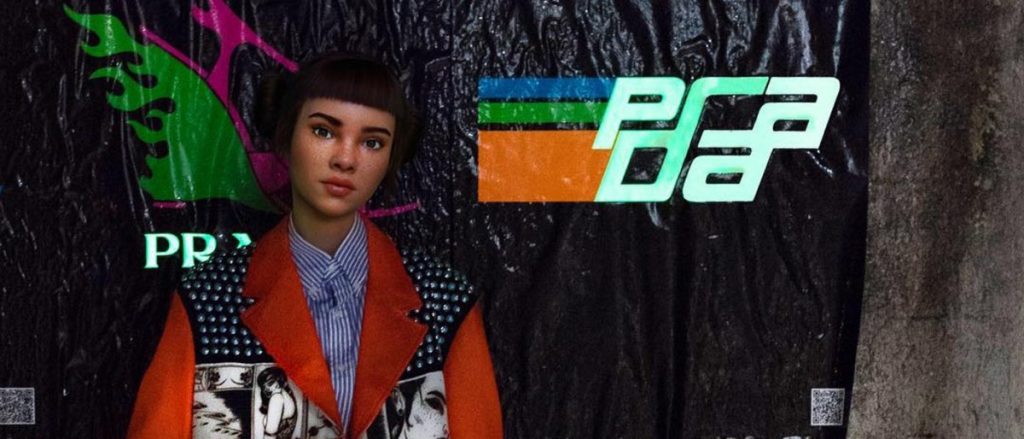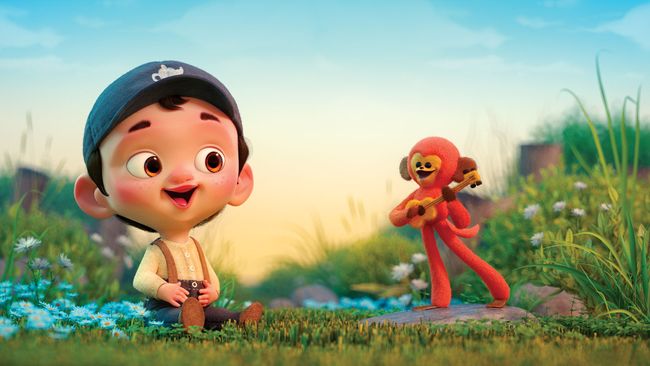//Fanjie Mike Jin
//Section C
//rpai@andrew.cmu.edu
//Project-05
function setup() {
createCanvas(400, 400);
rectMode(RADIUS)
}
function draw() {
background(100);
drawGrid();
drawSquare();
drawCircle();
noLoop();
}
function drawSquare() {
//nested loop for drawing the Squares
for(var a = 1 ; a < 20; a ++){
for(var b = 1 ; b < 20; b ++){
//change color transparency
fill(255 - 7 * a, 255 - 2 * a, 200, 150);
if(a % 2 == 0){
strokeWeight(1);
stroke(60, 211, 206, 90);
rect(a * 20, b * 20, 20 - b , 20 - b);
}else{
//odd columns that has a bigger square
strokeWeight(1);
stroke(255, 211, 206, 90);
rect(a * 20, b * 20, 1 / 2 * b, 1 / 2 * b);
}
}
}
}
function drawCircle(){
//nested loop for drawing the circles
for(var a = 1 ; a < 20; a ++){
for(var b = 1 ; b < 20; b ++){
fill(255 - 2 * a, 255 - 2 * a, 100, 200);
if(a % 2 == 0){
strokeWeight(1);
stroke(60, 211, 206, 90);
//color gradient
ellipse(a * 20, b * 20, b , b);
}else{
// odd columns
strokeWeight(1);
stroke(255, 211, 206, 90);
ellipse(a * 20, b * 20, 20 - b, 20 - b);
}
}
}
}
function drawGrid(){
//grids
for(var c = 1 ; c < 20; c ++){
stroke(255, 50);
line(c * 20, 0, c * 20, height);
line(0, c * 20, width, c * 20);
}
}
I have experimented with using color transparency to create the perceptions of layerings in this wallpaper assignment. I aim to use some repetitive pattern to create some visually intriguing composition. From top to bottom, the size of the circle and square is either becoming larger or smaller. This process is enjoyable and I have gained much more familiarity with nested loop.
![[OLD FALL 2019] 15-104 • Introduction to Computing for Creative Practice](../../../../wp-content/uploads/2020/08/stop-banner.png)






